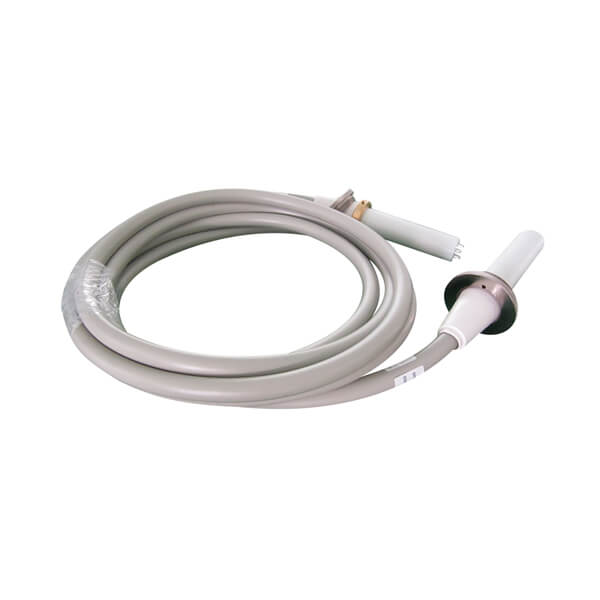The customer consults the after-sales situation of the high-voltage cable
Recently, I received a call from a customer saying that the high-voltage cable purchased from us was improperly maintained and so water entered. Tell the customer that there are many ways to deal with the water, and there are several main methods. Cables, especially polyethylene insulated power cables, have been widely used. However, due to the particularity of high-voltage cables, there are special requirements for the installation, operation and maintenance of high-voltage cables. Moisture or water in the high-voltage cable reduces the insulation resistance of the cable, which is an important aspect of causing operation accidents in the high-voltage cable line. Causes of moisture or water ingress of polyethylene insulated high-voltage cables.
Cross-linked polyethylene insulated power cables cause moisture or moisture to enter the cable insulation during laying, installation and operation, mainly in the following situations.
(1) The sealing of the end cap of the high-voltage cable is not tight or the end cap of the high-voltage cable is damaged by external force during the process of cable transportation and laying.
(2) The sheath of the high-voltage cable is damaged by external force during the transportation or laying of the high-voltage cable.
(3) During the test or operation of the high-voltage cable, the insulation breakdown of the high-voltage cable destroys the cable sheath.
(4) The high-voltage cable accessories (especially the intermediate joints when directly buried) are not tightly sealed. Once moisture or moisture enters the cable insulation from the end of the high-voltage cable or the outer sheath of the cable, it may penetrate longitudinally from the gaps shielded by the outer insulation copper wire or from the gaps between the conductors, endangering the entire cable system. The damp high-voltage cable will produce “water tree branch” phenomenon under the action of high electric field, which will reduce the insulation performance of cross-linked polyethylene, and finally lead to the breakdown of the cable insulation. Therefore, high-voltage cables that have been damp must be treated to remove moisture. So far, there is no standard operation method for the dehumidification treatment of damp high-voltage cables, and there is no uniform identification standard for the results of the dehumidification treatment.






